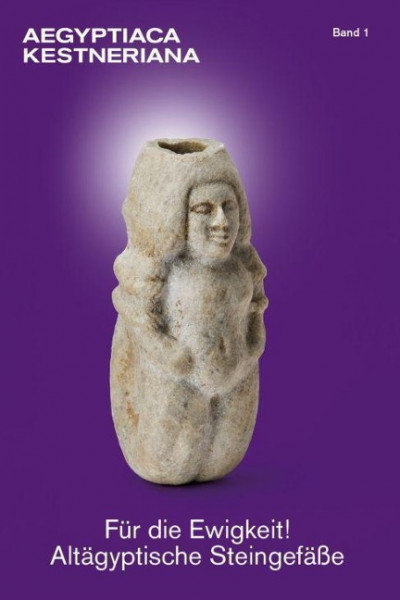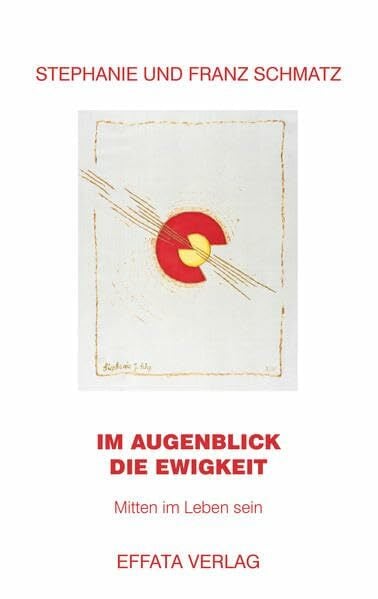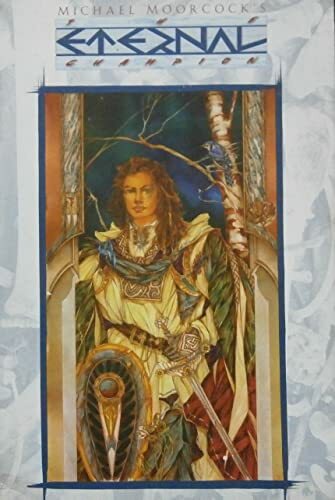
Für die Ewigkeit!
Kurzinformation
inkl. MwSt. Versandinformationen
Artikel zZt. nicht lieferbar
Artikel zZt. nicht lieferbar

Beschreibung
Over 6.000 years ago, the Egyptians invented a technique to drill into even the hardest rocks. This meant that containers usually made from clay could now also be produced in stone for the first time. Remaining unchanged "for eternity", stone vessels were the ideal grave goods for rulers and the highest officials. The Egyptians' aspirations to eternity finally resulted in stone vessels becoming so typical for their culture that they remained popular over the entire 4.000 year period of their history, as well as forming precious export items throughout the whole ancient world. As luxury goods they were placed in the graves of pharaohs and the highest officials. During the excavations of the gigantic royal tombs and the no less imposing monuments of the elites of the 0th to 3rd Dynasties [c. 3300-2600 B.C.] in the Upper and Lower Egyptian funerary centres at Abydos and Saqqara, several thousands [!!!] of stone vessels were recovered. This implies the existence of countless, probably organised specialised production workshops. The latest - and for the first time successful - experimental archaeology projects eloquently show how much knowledge was needed and how much effort Egyptian craftspersons invested. As they were produced in the highest possible quality and in large numbers, stone vessels were also popular goods for export and were found in almost all centres around the ancient Mediterranean. Exports of very different kinds of Egyptian stone vessels and their local imitations have been found in the last two years during the excavation of the undisturbed royal graves of the trade metropolis at Qatna [central Syria, 2nd millennium B.C.]. Both here and in the Egyptian tombs, the stone vessels were always used to provide the tombs' occupants with the contents - food, drink, cosmetics - for "all eternity". In addition to contributions covering all these topics, the first volume of AEGYPTIACA KESTNERIANA also presents hitherto unpublished stone vessels in the Museum August Kestner, both from its collection and among the long-term loans, as well as those from the CHEPERI COLLECTlON, a northern Germany private collection that has never before been displayed in public. von Loeben, Christian E.
Produktdetails

So garantieren wir Dir zu jeder Zeit Premiumqualität.
Über den Autor

- paperback
- 146 Seiten
- Erschienen 1998
- River Boat Books

- hardcover
- 136 Seiten
- Erschienen 2012
- BLOOM's

- Gebunden
- 324 Seiten
- Erschienen 2021
- Panini Verlags GmbH

- paperback
- 268 Seiten
- Erschienen 2019
- Independently published

- paperback
- 448 Seiten
- Erschienen 2014
- Goldmann Verlag

- Kartoniert
- 960 Seiten
- Erschienen 2016
- FISCHER Taschenbuch

- paperback
- 356 Seiten
- Erschienen 2024
- BoD – Books on Demand

- hardcover
- 208 Seiten
- Erschienen 2025
- Carlsen

- paperback
- 176 Seiten
- Erschienen 2000
- Verlag Herder



























![[(Reincarnation )] [Author: Suzanne Weyn] [Aug-2009] [(Reincarnation )] [Author: Suzanne Weyn] [Aug-2009]](https://d3k2uuz9r025mk.cloudfront.net/media/image/01/82/26/1747627695_617490986915.jpg)








